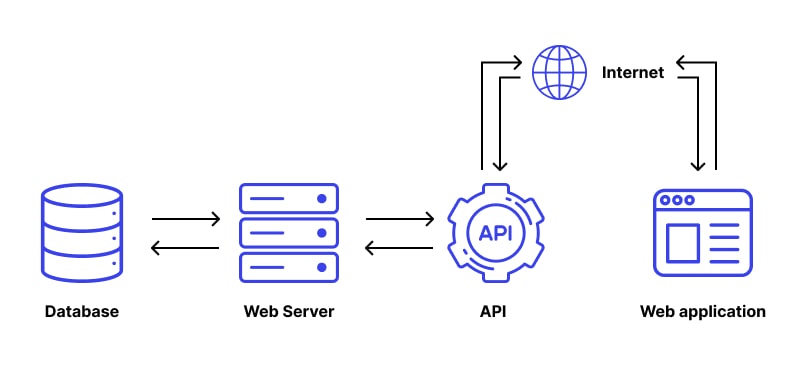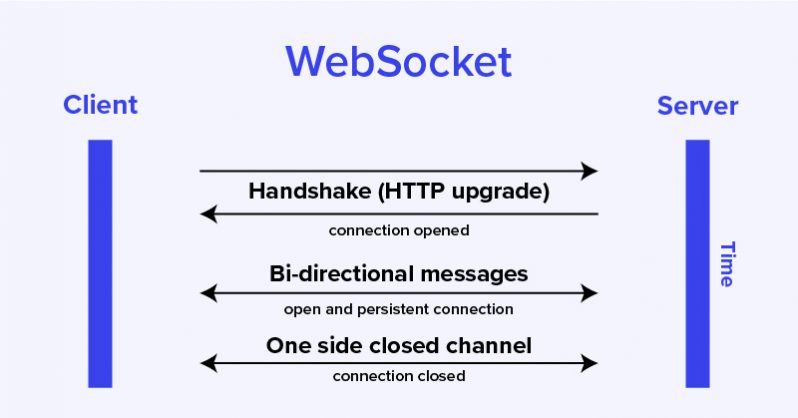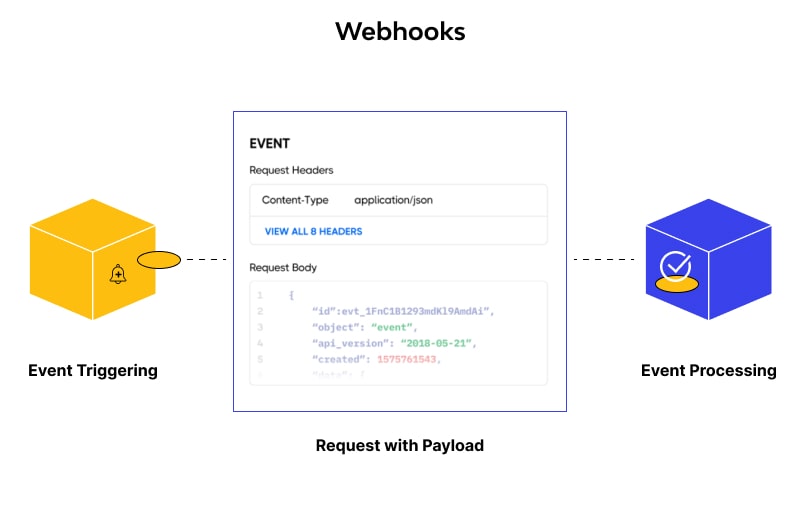Webhook vs. WebSocket: Choosing the Right Communication Mechanism for Your Application
In today’s digital age, communication between applications is crucial, and it’s the APIs (Application Programming Interfaces) that act as the mediators. APIs provide a standardized way for software modules, applications, and devices to exchange data and instructions. However, not all communication needs can be met by APIs alone. In this article, we’ll explore three different communication mechanisms: API, WebHook, and WebSocket, and help you understand when to use each one.
Understanding API Interfaces
APIs are the backbone of modern application development. They guide machines, devices, and applications on how to interact with each other, just like human language allows us to express our thoughts. APIs define the rules and methods for data exchange between the client-side application and the server-side infrastructure.
There are three primary types of APIs:
- Private API: Restricted to authorized personnel within an organization.
- Public API: Accessible to anyone without restrictions.
- Partner API: Used to enable business partnerships and third-party integrations.
APIs are essential for ensuring secure and efficient communication between various components of an application. Poor API security can lead to data corruption and pose a significant risk to the entire application.
WebHook: Reverse API for Event-Driven Communication
WebHooks can be thought of as reverse APIs since they operate in the opposite direction. While APIs allow clients to request data from the server, WebHooks enable servers to push information to other servers or applications. They are often referred to as server-to-server push notifications.
WebHooks are highly versatile and are ideal for handling integrations between different solutions or applications. They are typically used to notify an application or web app about specific events, such as receiving a message, processing a payment, or any other update.
WebSocket: Real-Time, Bidirectional Communication
WebSocket is a communication protocol that enables full-duplex, bidirectional communication over a single TCP connection. Unlike HTTP-based APIs, WebSocket maintains a continuous, open connection, making it suitable for real-time applications. It is considered a stateful protocol because the communication remains active until one of the parties terminates it, and it employs a 3-way handshake for connection establishment.
WebSocket is perfect for applications that demand real-time communication, as it allows information exchange at any time and from anywhere. It is particularly useful for collaborative tools, data visualization applications, and chat applications, where immediate and bidirectional communication is essential.
When to Use API Interfaces, WebHooks, and WebSockets
Choosing the right communication mechanism depends on the specific needs of your application:
API Interfaces:
- Ideal for applications that require an easy interface for end-users.
- Suitable for CRUD operations from mobile and web apps, data transfer using XML or JSON, and frequent data changes.
- Useful for applications that demand instant responses to user requests (e.g., live chat applications, messenger apps, IoT devices, and wearable devices).
 Source: wallarm
Source: wallarm
WebSockets:
- Perfect for applications that require real-time communication.
- Promotes bidirectional communication and maintains an open connection.
- Suited for collaborative and chat-centric applications (e.g., modern browsers, data visualization tools, and chat applications).
 Source: mirrorfly
Source: mirrorfly
WebHooks:
- Best for making backend calls and handling one-way event-driven communication.
- Ideal when your application needs to fetch data from a third-party application.
- Preferred for applications deployed on the cloud, where open communication is not necessary (e.g., Discord Bots).
 Source: wallarm
Source: wallarm
In conclusion, the effectiveness of an application often hinges on how well server-client communication is implemented. APIs, WebHooks, and WebSockets are three essential ways to facilitate this communication. APIs are the foundation, while WebSockets excel in event-driven scenarios, and WebHooks are best for one-way event-infused communication. Choose the communication mechanism that aligns with your application’s requirements for optimal functionality and user experience.